The needs of the medical profession to provide patient care go beyond the safe conditions of the operating room and the hospital. Many patients are cared for in other environments – doctors’ offices, health centers and increasingly, in the home. This is especially true for patients who require long-term care, and the technology that they need faces the challenge of being used far from the confines of the hospital.
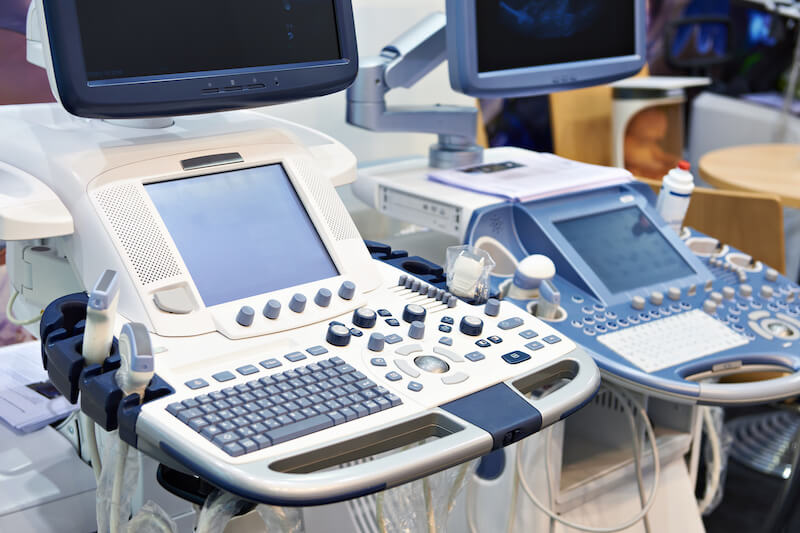
This is not a new trend. For many years, healthcare professionals have made visits to patients’ homes. For example, in many parts of the world, prenatal care for expectant mothers is carried out in the home. The equipment employed by midwives must be portable to allow easy use, but also robust enough to cope with frequent use. Designers have always been forced to take this into account when creating the latest medical devices.
In addition to these traditional applications, the medical industry is taking advantage of the latest machine-to-machine communication that is at the heart of the Internet of Things (IoT). The IoT allows devices to share data with each other and has reached a new level of sophistication with the recent introduction of the 5G wireless network. The ability to monitor and treat patients remotely has revolutionized many aspects of the medical industry.
The advances in the field of wearable technology are freeing some patients from the need to attend clinics regularly, allowing them to continue with their daily lives. Developments in treatment technology such as nebulizers and insulin delivery systems are enabling patients to receive full medical care in the comfort of their own homes. At the same time, the connectivity that is provided by the 5G network means that healthcare professionals can constantly monitor the patient’s condition remotely.
The Power of Wearable Devices for Patient Care
These wearable devices have little in common with the large and cumbersome machines often employed for patient care in hospitals. Modern electronic design means that this new generation of wearable devices is unobtrusive and convenient, allowing patients the freedom to carry on their daily lives even while being monitored and treated.
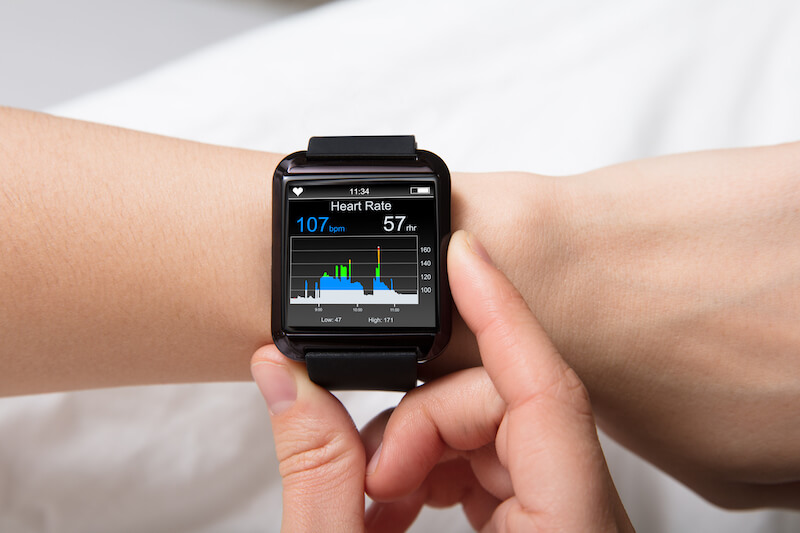
The smartwatch is an example of a device that combines reduced size with advanced functionality. Using Bluetooth to connect with a 5G device such as a smartphone, this wearable technology can gather information about the wearer and share it with healthcare providers remotely. In many cases, the monitoring of the patient throughout the day provides a more accurate insight into their condition than many hospital-based instruments.
These new applications for wearable technology and data communications will mean that reliable, high-speed connectors are key to the future of the medical industry. Their use by patients as part of monitoring and self-treatment devices will find connectors in new and unusual environments.

The Next Generation of Medical Care
The use of devices that provide remotely delivered care will need to address the topic of data security. With wearable devices transmitting patients’ data via the 5G networks, designers must create technology that provides safe and secure connections. Fortunately, the medical industry can rely on cross-industry expertise by choosing solutions that have proven successful in other sensitive applications such as data centers and consumer devices.
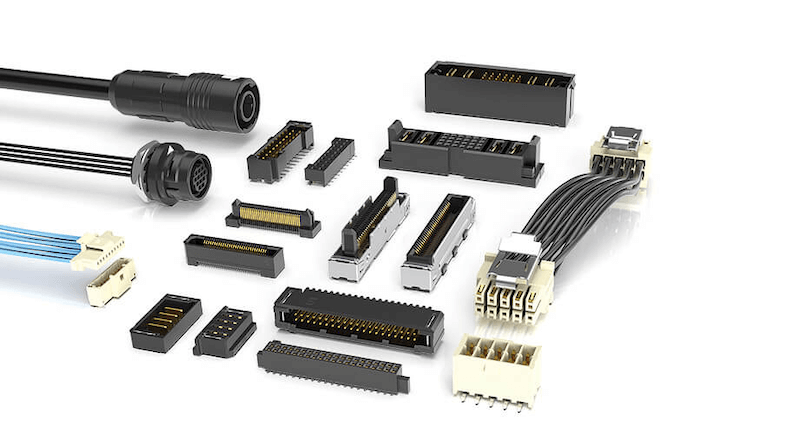
Samtec has years of experience in creating connector solutions for the medical industry. Designers of the latest medical devices can benefit from both high-speed and power connectors that have been subjected to Samtec’s rigorous Extended Life Product and Severe Environment Testing program. These certifications provide designers with the confidence that they need when creating medical products that are suitable for this new generation of patient care. For full details of these programs, and to see how Samtec products are supporting the latest innovations in the medical industry, visit the new Medical Applications page on Samtec.com.
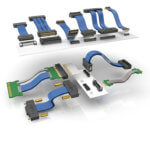

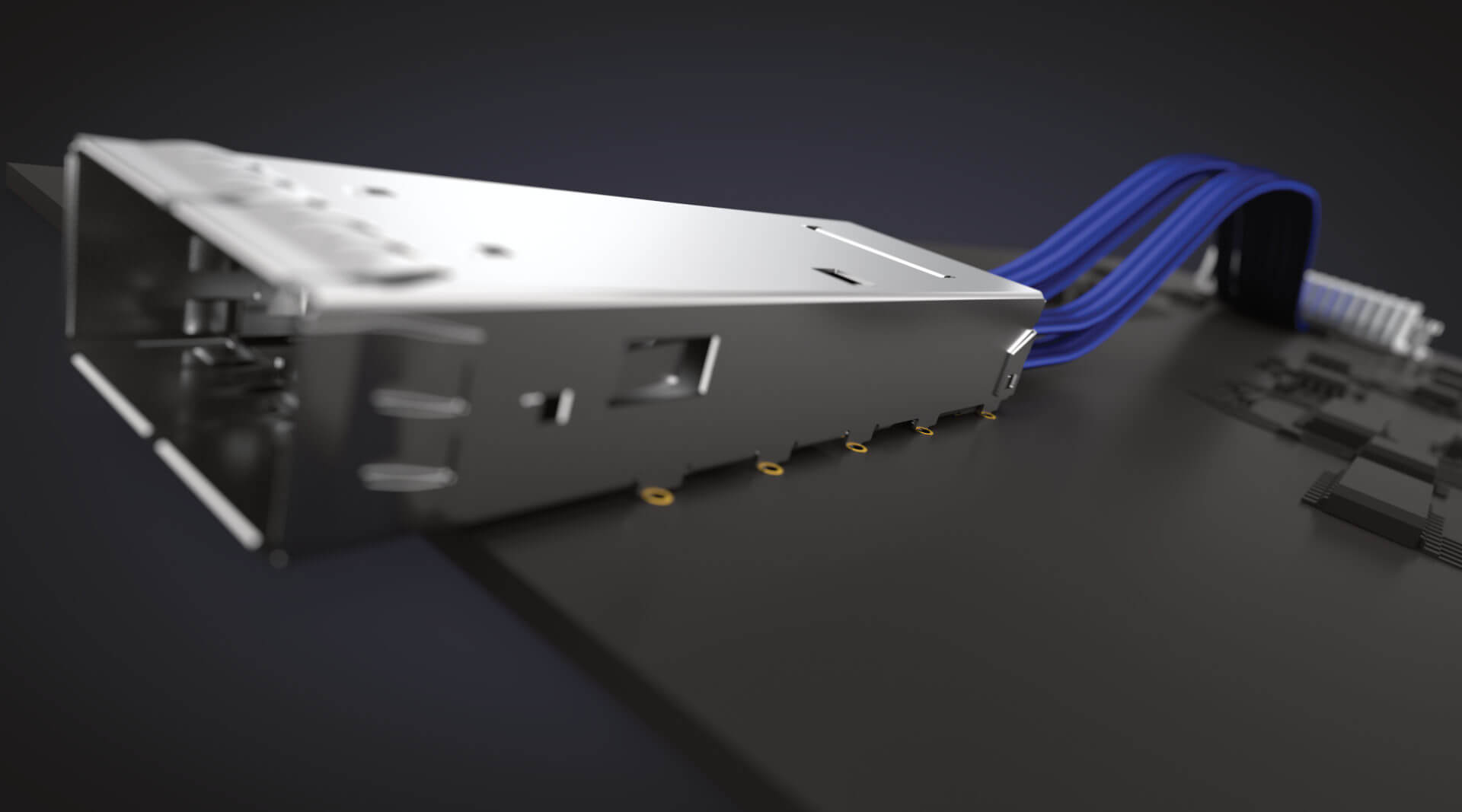
Leave a Reply